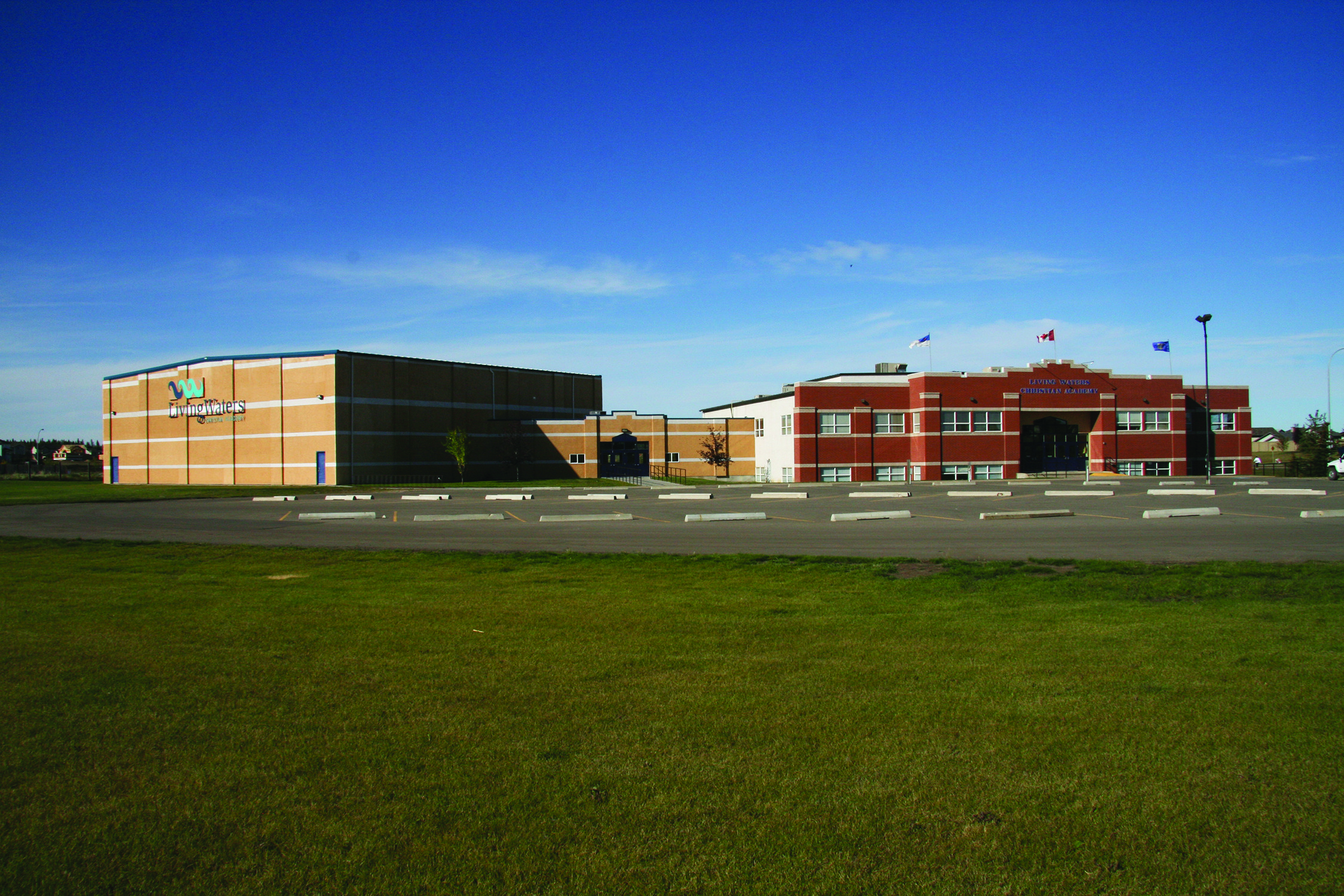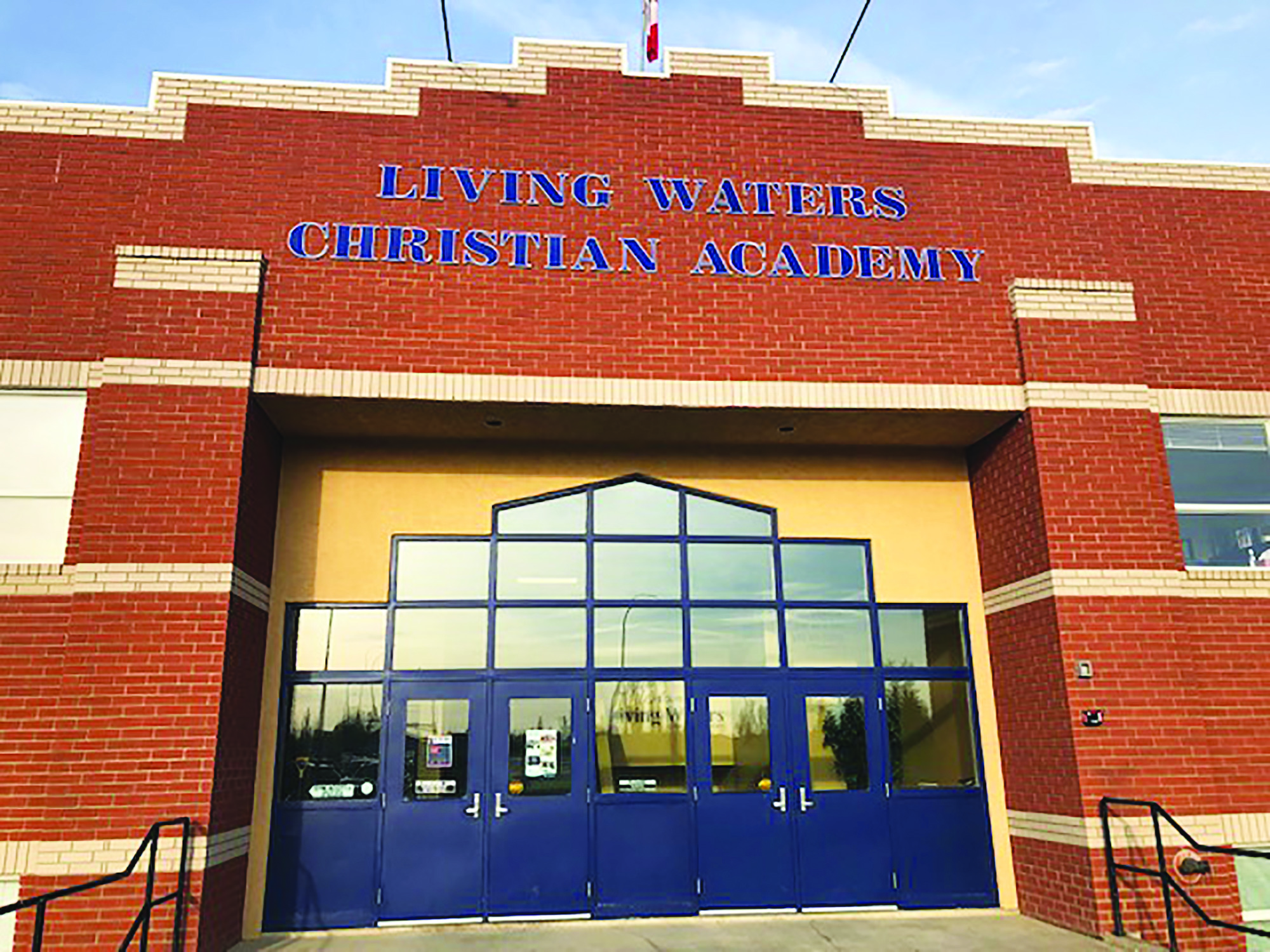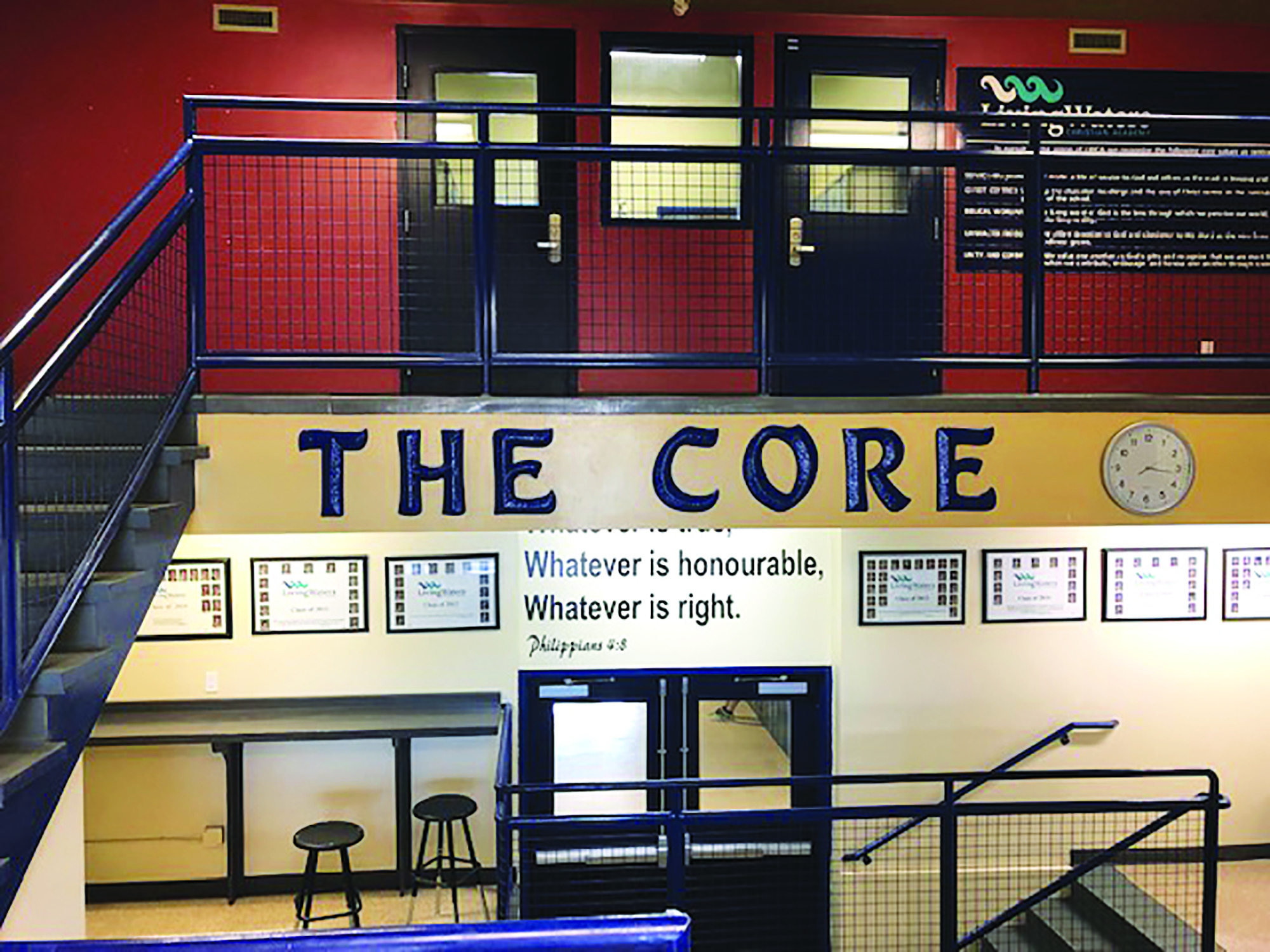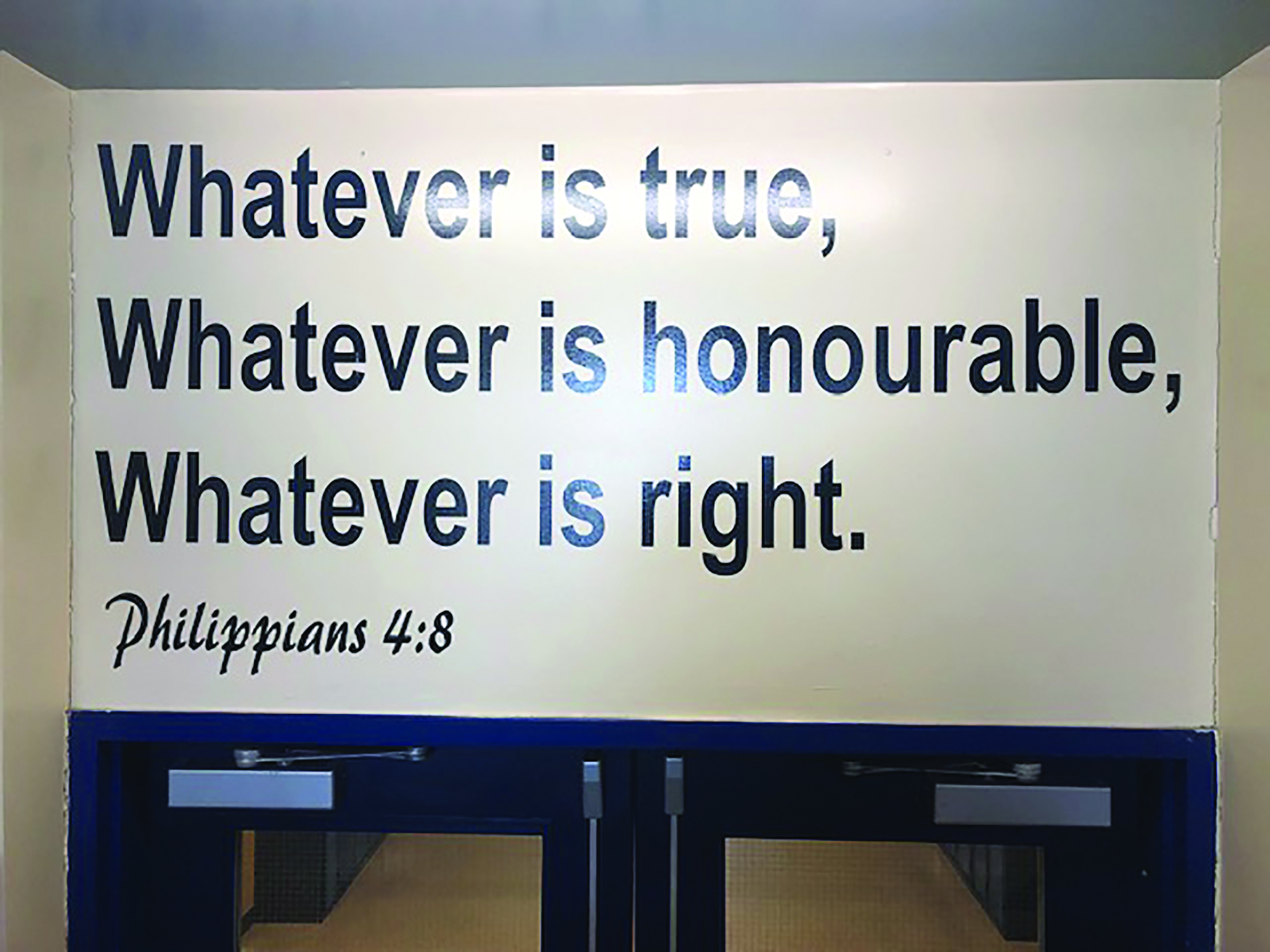Table of Contents
Table of Contents
Leadership and Christian Schools
Any Christian organization or ministry—including a Christian school—requires sound leadership in order to flourish. It is not only Christian schools that benefit from strong leadership but their communities as well. Leaders of Christian schools can and do act as the interpreters of their faith to the community (Viner 2009). Leaders who serve schools and their communities with humility, love of neighbour, and Christ-like character ultimately work to advance the common good.
Leithwood et al. (2006, 6–7) review the school leadership literature and conclude that “almost all successful leaders draw on the same repertoire of basic leadership practices”:
- Building vision and setting direction, which involves motivating others to pursue a common mission;
- Understanding and developing people, in both skills and character;
- Redesigning the organization, or establishing the kind of conditions that enable others to do their best work, such as fostering collaborative cultures and building positive relationships with the broader school community;
- Managing the teaching and learning program, by strengthening the school’s organizational stability, resources, and infrastructure.
Leaders at Living Waters Christian Academy seek to live out these four practices. Several external organizations, including the Association of Christian Schools International, the Association of Independent Schools and Colleges of Alberta, and Alberta Education have highlighted the quality of governance, the clarity of mission, and the productive, positive culture of learning at Living Waters.
“We realize that whenever you do something there is always an opportunity cost. Because you choose to [do] X means that you are unable to do Y. Our mission as a school is to train leaders to make an impact in our community, nation, and our world. All activities are run through this lens. This eliminates a lot of activities that would prevent us from achieving these goals and allows us to make room for those that do help develop leadership in our school.”
Levels of Leadership
A school’s principal is always key. The principal of Living Waters exemplifies all four of Leithwood et al.’s (2006) effective leadership practices in his work. He has been diligent in building the school’s vision and setting direction accordingly, keeping the school’s mission integral to its programs, initiatives, and classrooms. At the start of each school year, “the principal sits down with the staff and we prayerfully consider how we are going to fulfill our mission for the year.” Alignment with the mission continues to be a major factor shaping decisions at Living Waters throughout the year: “When implementing new programs or evaluating old ones, we often weigh them against our mission. We look to see if it lines up and provides value in furthering the mission.”
“It is key to recognize gifting in staff and students and encourage them in using these gifts in a leadership role in their school, church, or community.”
The principal regularly redesigns organizational elements to ensure that working conditions at the school enable teachers to implement its mission. He facilitates an annual review of all the school’s activities with staff, evaluating the previous year’s initiatives in light of Living Waters’ mission and making collaborative decisions about which programs to retain and which to discontinue. Teachers report that this clarity of purpose helps them maximize and allocate time, energy, and resources to what matters most: “What are the important values and beliefs we want our students to hold on to? What is worth investing in, and what can we do to accomplish this?”
A key way that the principal manages the teaching and learning program effectively—and thus strengthens the stability of Living Waters—is by providing the right staffing resources, seeking to hire teachers who are a good fit for the school. According to Lencioni (2012, 158), hiring people who “fit the culture” is critical to the organizational health of any institution. At Living Waters, this means hiring educators who are passionate about the school’s particular mission and vision—not simply “providing a Christ-centered, Bible-based education” (Living Waters Christian Academy 2020) in the classroom, but living it out in their daily lives: “Students at the school are not just receiving Bible classes; they are seeing teachers openly walking what they profess. That is a very powerful testimony.” In cases where Living Waters has not been able to find a candidate who was a suitable fit, the administration has chosen to make organizational adjustments rather than rush the decision. One year, for example, the school planned to hire a grade 7 teacher; when the hiring team was unable to find an appropriate candidate in time, the grade 7 students were split between a grade 6–7 and a grade 7–8 class “until the right person came along.”
“The implementation of vision and mission is the business of all the staff, not just the administrators. And everyone needs to be on board to create a thriving culture.”
Teachers and Collaborative Leadership
The individual teachers working alongside the principal are the second kind of leaders one observes at Living Waters. The principal strives to understand and develop the leadership gifts of every member of the school’s staff, including the teachers in the classrooms. The individualized support and consideration he provides to those he leads are deeply appreciated. As one teacher remarks, the principal “is an authentic practitioner who really believes in the mission and vision of this school. His firm belief in why this school exists and its value in the community is a large part of why I continue to teach here.”
One of the most important ways by which the principal develops teachers’ skills and character, enables them to do their best work, and strengthens the school’s overall stability has been his efforts to forge and sustain a culture of collaborative leadership. The school’s administrative structure has several formal leadership roles, including one principal, two division heads (one elementary and one secondary), and an athletic director. Yet each staff member is expected to play an informal leadership role according to his or her interests and abilities. The research literature confirms that effective leaders do not work in isolation but focus on collaboration and building on the strengths of those they lead (Harris 2014; Northouse 2018).
“[Allow] people to operate many ideas within the framework of the mission and vision. Some ideas will flop and others will flourish, but being open to trying new ways to implement them is a necessity.”
Regular meetings, for instance, are not unique to Living Waters, but the high level of engagement, advance preparation, and cross-grade collaboration of teachers make these meetings particularly successful here. During divisional meetings, one teacher is given the responsibility of setting and leading the agenda. Living Waters’ collaborative culture also extends to parent-engagement efforts, leading to more comprehensive support for students: “Constant communication with parents allows a partnership to exist between the home and the school.” Teachers and staff partner with students and parents in discerning appropriate workloads related to involvement in extracurricular activities.
The teachers practice effective leadership in their classrooms, working daily to understand and develop their students. One teacher notes, “I do think that teachers here feel supported and thus able to run their classrooms without feeling like their relationship with the principal is an adversarial one and as such we are able to make decisions about how our classrooms are run and are able to better meet the needs of our students as we are with them consistently.”
Students as Leaders
The students are the third group of leaders. Given that the school’s mission statement includes “[inspiring] each student to pursue excellence in moral character,” nurturing Christian character in their students is also a way for teachers to follow the leadership practice of building Living Waters’ vision. One teacher treats conflicts between students, for example, as an opportunity to encourage biblical models of reconciliation: “When discussing their conflicts at recess . . . we discuss ways to get along with others according to principles in the Bible, like the Matthew 18 principle which has students talk to the person who they are upset at and try to resolve the issues between the two of them.” Character development is critical in athletics as well—teachers involved in sports programs at Living Waters “emphasize playing with integrity and pursuing strong character on the court.” Coaches advance the mission statement’s commitment to foster “respect for self and others.” Student athletes are taught to “appreciate the gifts that others have and learn to step outside of their comfort zone to pursue their own.”
“Delegate according to skill, passion, and expertise, and trust those people with it. Create an environment of regular peer support, which ranges from simple environments where teachers can discuss their day with other teachers to intentionally creating cross-curricular projects that involve multiple grades.”
The leadership practices at Living Waters provide strong benefits to students, who are encouraged by the fact that they “know that their teachers are fully invested in them.” Living Waters has a student council that teaches student leadership through mentoring—that is, understanding and developing their peers. Students from grades 4 through 12 plan events that build relationships between older and younger students. A program called MUNCH Lunch, for example, encourages upper-year students to spend their lunchtime with younger students. Older students work with younger ones for various activities, such as “reading buddies.” The student council also started “family groups,” in which students from all grade levels pray, work, and play together.
Effective Leadership and Service
At every level of leadership—principal, staff, and students—Living Waters places a strong emphasis on servant leadership. Northouse (2018) identifies seven behaviours at the core of servant leadership: “conceptualizing, emotional healing, putting followers first, helping followers grow and succeed, behaving ethically, empowering, and creating value for the community” (n.p). Conceptualizing and empowering occur as the principal involves teachers in building vision and setting direction: “Our principal does a great job of allowing us to be involved in the decision-making process. He sets the vision and constantly reinforces the vision for the school. A great balance of hands-on and hands-off that allows us to work within our classrooms.” Senior teachers help others to grow and succeed by mentoring new colleagues: “In my first year, teachers new to the school were paired with teachers that had been at the school for a while. The more experienced teachers answered questions and helped them navigate some of the school routines, events, and expectations.” Beyond the walls of the school, service projects train students to put others first and create value for their communities: “We are constantly looking for ways that our students can be involved in serving the school community, the local community, and our global community… We are teaching kids from a very young age to look out for others, that it’s not ‘all about me.’”
The various practices that have fostered effective leadership at Living Waters are inextricably interdependent. Vision-building is impossible without a collaborative culture: Living Waters staff insist that every member of the school community—board members, staff, teachers, parents, and students—must be committed to the school’s vision if it is to be realized successfully. Teachers at Living Waters describe a sense of ownership for the mission and vision, which are then used to guide decisions about curriculum, activities, and collaborations with outside organizations. This empowerment is supported by mission-focused professional development, which is an important component of strengthening organizational resources. The principal’s investment in understanding and developing teachers increases their commitment to the school, which in turn encourages students to develop their own leadership skills: “Teachers who feel alive and involved are able to help students feel alive and involved.”
“Hanging onto things because that’s always how it has been done can be dangerous. Having a rationale for why things are done a certain way is important, but it is also important to be open to new ideas and suggestions, especially if the rationale is solid and sound.”
Key Takeaways
- Strong leaders at Christian schools unite their staff around a compelling vision.
- In a collaborative school culture, all teachers play leadership roles—whether formal or informal—and have ownership of the school’s mission.
- When used to guide strategic decisions and daily activities, a school’s mission and vision are strengthened.
- For a school’s administration to get buy-in from staff regarding the mission and vision, a solid foundation of trust must be established.
- All members of a school community can benefit from mentoring practices, such as inviting older students to mentor younger students and encouraging more experienced teachers to mentor newer teachers.
- Hiring teachers who fit the culture is important to preserving the organizational health of a school.
References
Bergmark, U., and C. Kostenius. 2018. “Appreciative Student Voice Model—Reflecting on an Appreciative Inquiry Research Method for Facilitating Student Voice Processes.” Reflective Practice 19, no. 5:623–37
Calabrese, R. 2015. “A Collaboration of School Administrators and a University Faculty to Advance School Administrator Practices Using Appreciative Inquiry.” International Journal of Educational Management 29, no. 2:213–21.
Gordon, S.P. 2016. “Expanding Our Horizons: Alternative Approaches to Practitioner Research.” Journal of Practitioner Research 1, no. 1: article 2.
Harris, A. 2014. Distributed Leadership Matters: Perspectives, Practicalities, and Potential. Thousand Oaks, CA: Corwin.
Leithwood, K., C. Day, P. Sammons, A. Harris, and D. Hopkins. 2006. Seven Strong Claims About Successful School Leadership. National College for School Leadership.
Lencioni, P. 2012. The Advantage. San Francisco: Jossey-Bass.
Living Waters Christian Academy. 2020. “Faith in Action.” https://lwca.ab.ca/about/faith-in-action/
Northouse, P. 2018. Leadership: Theory and Practice. 8th ed. Thousand Oaks, CA: Sage.
Ryan, F.J., M. Soven, J. Smither, W.M. Sullivan, and W.R. Van Buskirk. 1999. “Appreciative Inquiry: Using Personal Narratives for Initiating School Reform.” The Clearing House 7, no. 3:164–67.
Stavros, J., L. Godwin, and D. Cooperrider. 2015. “Appreciative Inquiry: Organization Development and the Strengths Revolution.” In Practicing Organization Development: A Guide to Leading Change and Transformation, edited by W. Rothwell, R. Sullivan, and J. Stavros, 96–115. 4th ed. Hoboken, NJ: Wiley.
Tittle, M.E. 2018. Using Appreciative Inquiry to Discover School Administrators’ Learning Management Best Practices Development. Walden Dissertations and Doctoral Studies Collection at ScholarWorks. Minneapolis: Walden University.
Viner, J. 2009. Leading a Faith School. Understanding and Developing Your Role as Senior Leader. London, UK: Optimus Education.
Waters, L., and M. White. 2015. “Case Study of a School Wellbeing Initiative: Using Appreciative Inquiry to Support Positive Change.” International Journal of Wellbeing 5, no. 1:19–32.
Zepeda, S.J., and J.A. Ponticell. 2018. The Wiley Handbook of Educational Supervision. Hoboken, NJ: Wiley-Blackwell.






